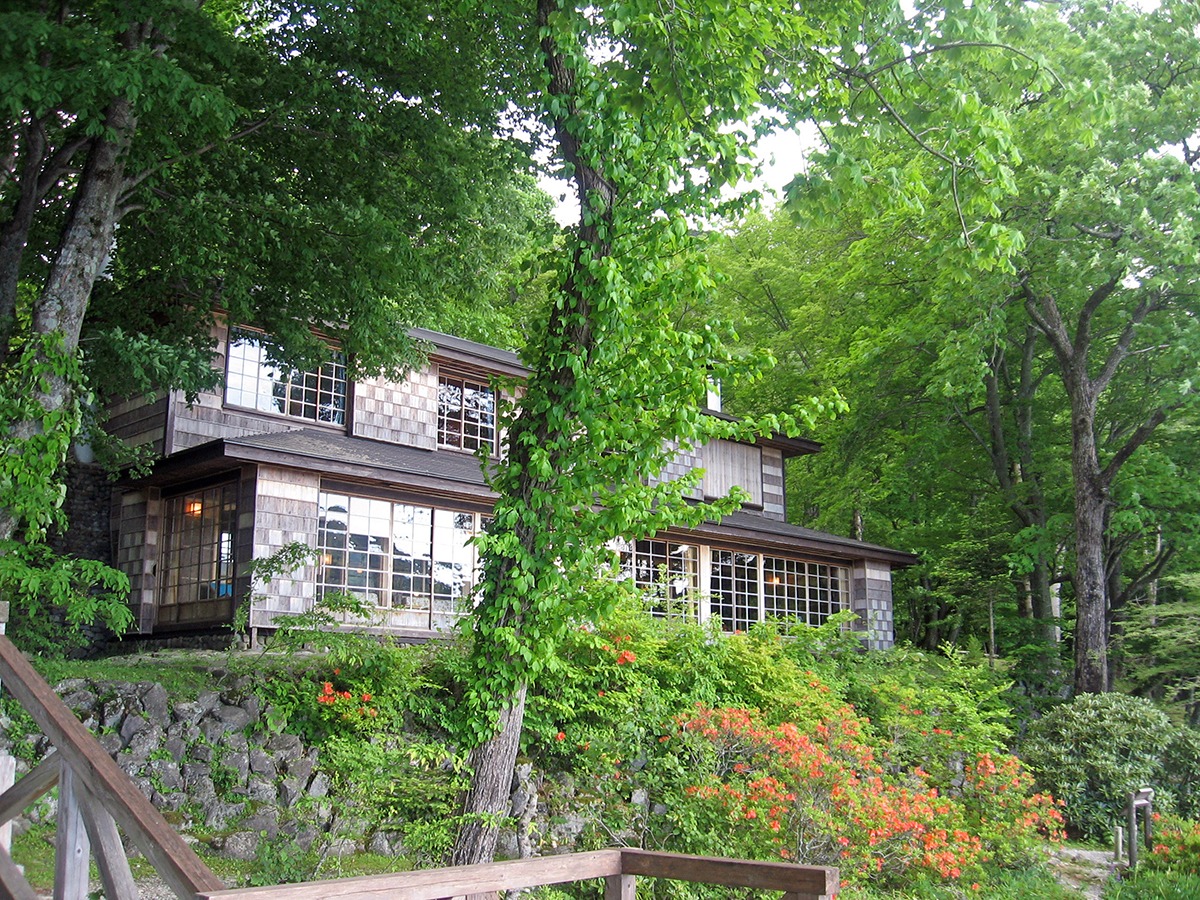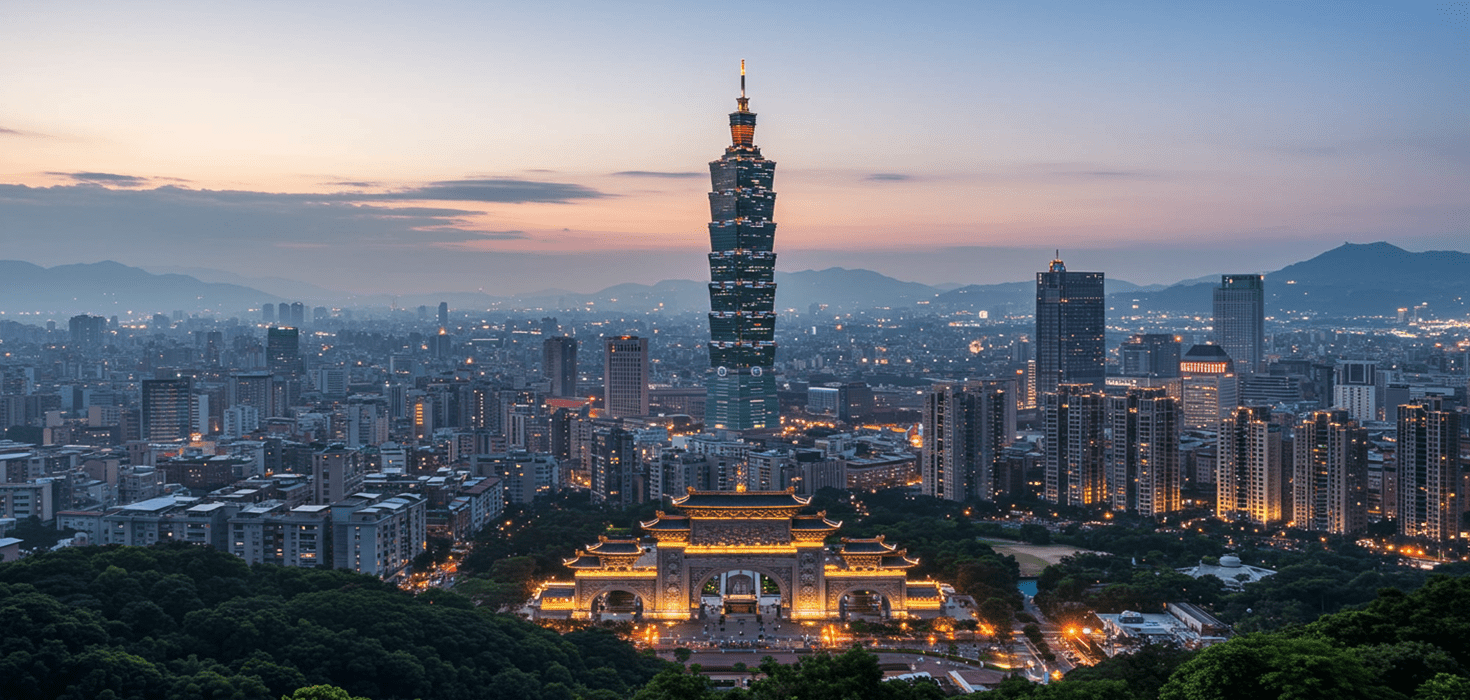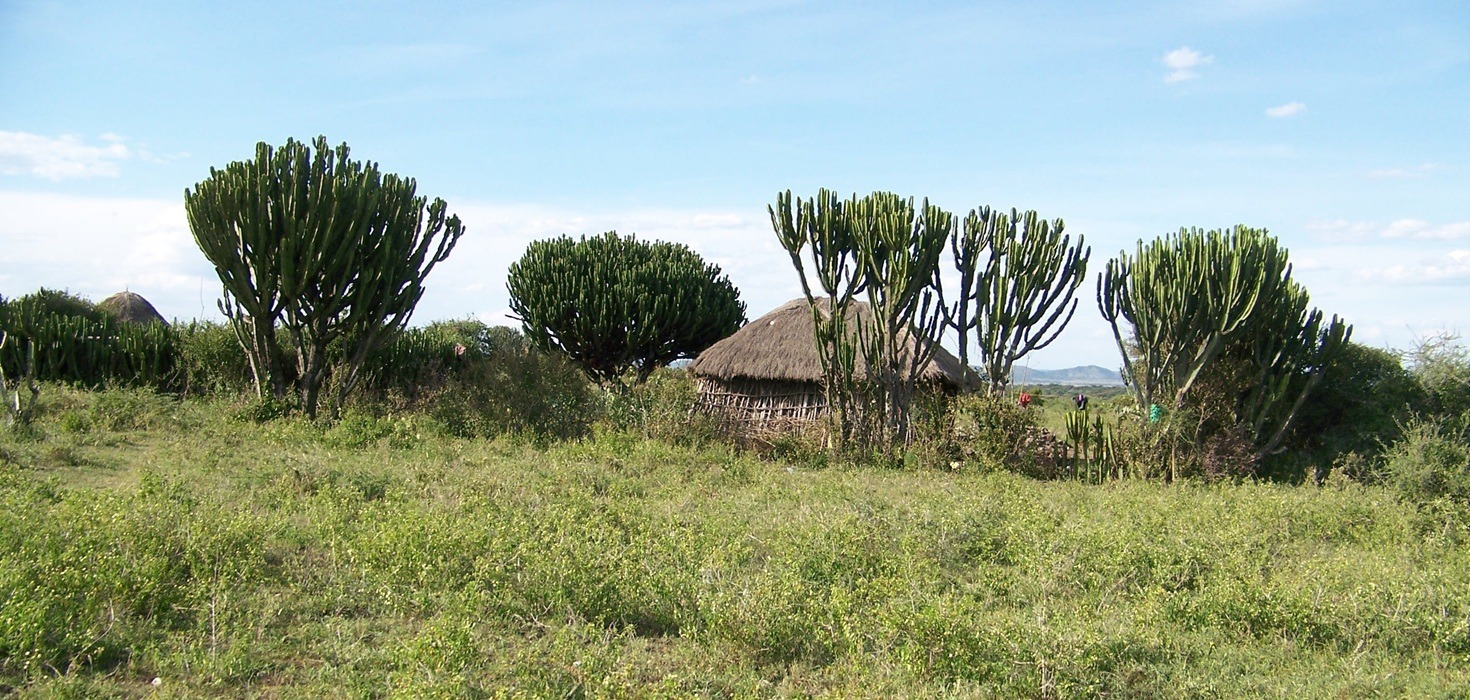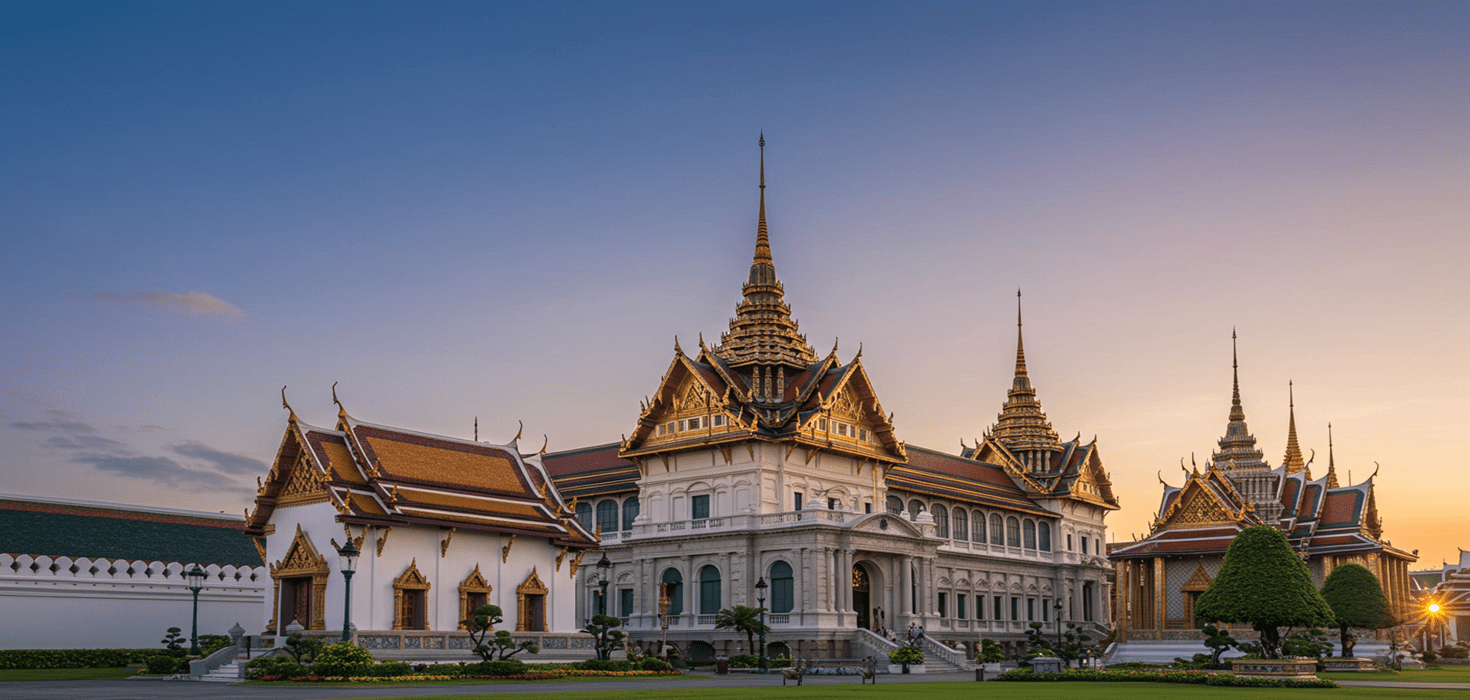Experience the Seasons of Japan: A Cultural Extravaganza
Japan is a land of stunning contrasts, where ancient traditions harmoniously coexist with modern life. One of the most captivating aspects of this beautiful country is its rich tapestry of seasonal activities and local festivals that unfold throughout the year. Each season brings a unique array of experiences, inviting travelers to immerse themselves in the vibrant culture and age-old customs of the Japanese people. Whether you’re chasing cherry blossoms in spring, dancing at summer festivals, celebrating the harvest in autumn, or marveling at winter illuminations, Japan offers a treasure trove of cultural experiences that are sure to leave a lasting impression.
From the breathtaking sight of sakura in full bloom to the exhilarating energy of traditional dance performances, Japan’s festivals are a feast for the senses. With each celebration, you’ll discover the deep-rooted traditions that define Japanese culture, making it an ideal destination for those seeking unique and memorable experiences. So, pack your bags and get ready to explore the seasonal wonders of Japan!
Discover the Magic of Spring: Cherry Blossom Festivals
As winter melts away, Japan bursts into a riot of colors with the arrival of spring. The cherry blossom (sakura) season is not just a visual spectacle; it’s a heartfelt celebration that resonates deeply within Japanese culture. These delicate pink flowers symbolize renewal and the fleeting nature of life, prompting locals and visitors alike to gather for hanami, or flower-viewing parties. Across the country, cherry blossom festivals, known as sakura matsuri, spring to life, offering a delightful mix of traditions, food, and festivities.
Key Locations for Sakura Matsuri
While cherry blossoms can be found all over Japan, some locations are particularly famous for their breathtaking displays. Here are a few must-visit spots:
- Ueno Park, Tokyo: This iconic park is home to over 1,000 cherry trees, making it a popular spot for hanami picnics.
- Hiroshima Peace Memorial Park: A poignant site where cherry blossoms bloom in remembrance of peace and resilience.
- Maruyama Park, Kyoto: Nestled next to the historic Gion district, this park features a beautiful weeping cherry tree that lights up at night.
- Hirosaki Castle, Aomori: Renowned for its stunning cherry blossom festival, visitors can enjoy the sight of blossoms against the backdrop of the majestic castle.
Traditional Foods and Activities during Cherry Blossom Festivals
Cherry blossom festivals are a feast for the senses, and the culinary delights are just as enchanting as the flowers themselves. Indulge in seasonal treats like:
- Sakura Mochi: Sweet rice cakes wrapped in cherry blossom leaves, offering a delicate flavor that captures the essence of spring.
- Hanami Dango: Colorful rice dumplings skewered on sticks, often enjoyed during picnics under the blooming trees.
- Sakura-flavored treats: From ice creams to pastries, sakura-infused delicacies are a delightful way to celebrate the season.
Participating in traditional activities is equally rewarding. Join in the fun with local games like tug-of-war or try your hand at crafting beautiful origami cherry blossoms to take home as a keepsake.
Photography Spots for Capturing the Beauty of Spring
With the cherry blossoms painting the landscape in shades of pink, Japan becomes a photographer’s paradise. Here are some of the best spots to capture that perfect shot:
- Shinjuku Gyoen, Tokyo: This spacious park offers stunning views of cherry blossoms against the backdrop of the city skyline.
- Chidorigafuchi, Tokyo: Rent a boat and glide through the moats lined with cherry trees for a unique perspective.
- Philosopher’s Path, Kyoto: A picturesque walkway flanked by cherry trees, perfect for a leisurely stroll and capturing candid moments.
Don’t forget to bring your camera to capture the ephemeral beauty of sakura, as these moments are fleeting but unforgettable.
Embrace the Summer Vibes: Festivals Under the Sun
As the cherry blossoms fade, the warmth of summer brings a new wave of excitement to Japan with its lively festivals. Summer festivals, or matsuri, are a celebration of community, culture, and tradition, showcasing vibrant parades, traditional music, and captivating performances. From the rhythmic beats of taiko drums to the colorful yukata worn by festival-goers, summer festivals are a feast for the eyes and ears!
Gion Matsuri: Kyoto’s Iconic Festival
One of the most famous summer festivals in Japan is the Gion Matsuri, held throughout July in Kyoto. This spectacular event dates back to the 9th century and is a month-long celebration that culminates in a grand parade featuring elaborately decorated floats called yama and hoko. The streets come alive with traditional performances, street food stalls, and the infectious energy of locals and tourists alike.
Awa Odori: Dance Your Heart Out
Another must-see summer festival is Awa Odori, celebrated in Tokushima Prefecture during the Obon season in mid-August. This lively dance festival invites everyone to join in the fun, regardless of skill level. Watch as dancers, dressed in colorful costumes, perform traditional folk dances to the upbeat sounds of shamisen and taiko drums. Don’t be shy—jump in and dance along with the locals!
Nebuta Matsuri: The Spectacle of Illuminated Floats
Head to Aomori for the Nebuta Matsuri, a dazzling festival held in early August. This festival showcases massive illuminated floats depicting warriors and mythical creatures, paraded through the streets amid the cheers of festival-goers. The atmosphere is electric, with traditional music and dance performances adding to the excitement. Be sure to try the local delicacies, including fresh seafood and Aomori’s famous apples!
Autumn’s Bounty: Celebrating Harvest Festivals
As summer gives way to the crisp air of autumn, Japan transforms into a canvas of rich colors and bountiful harvests. This season is not just about the stunning foliage; it’s a time for gratitude and celebration. Harvest festivals, known as shukusai, are deeply rooted in Japanese culture, honoring the crops and the hard work of farmers. These festivals are a wonderful opportunity to experience traditional music, dance, and, of course, delicious seasonal foods!
Jidai Matsuri: A Journey Through Time
One of the most iconic autumn festivals is the Jidai Matsuri, held every October 22nd in Kyoto. This festival is a spectacular parade that showcases the rich history of the city. Participants dress in costumes representing various historical periods, from the Heian era to the Meiji Restoration. As you watch the procession, you’ll feel as if you’ve stepped back in time, with traditional music and vibrant floats adding to the enchanting atmosphere.
Matsuri Celebrations: Local Customs and Cuisine
During autumn, many regions host their own unique festivals that celebrate local customs and cuisine. For instance, the Takayama Matsuri in Gifu Prefecture features stunning floats and traditional performances, while the Kurama Fire Festival near Kyoto lights up the night with torches and bonfires. Don’t miss out on the seasonal delicacies that accompany these events, such as kuri gohan (chestnut rice) and matsutake gohan (matsutake mushroom rice), which highlight the flavors of the harvest.
Best Spots to Experience Autumn Foliage
Japan’s autumn foliage is nothing short of breathtaking, and there are countless spots to soak in the beauty. Here are a few top locations:
- Arashiyama, Kyoto: The scenic views of the mountains covered in vibrant reds and yellows are simply mesmerizing.
- Nikko National Park: Famous for its stunning temples and shrines, the park is also a fantastic place to enjoy autumn colors.
- Shinjuku Gyoen, Tokyo: This spacious park offers a tranquil escape from the city, with beautifully manicured gardens that showcase the fall foliage.
Make sure to bring your camera—autumn in Japan is a photographer’s dream!
Winter Wonderland: Festivals to Warm Your Heart
As the temperature drops and snow blankets the landscape, Japan comes alive with enchanting winter festivals that bring warmth to the cold season. From dazzling illuminations to traditional snow festivals, winter in Japan is a magical time filled with joy and celebration.
Sapporo Snow Festival: A Winter Spectacle
One of the most famous winter festivals is the Sapporo Snow Festival, held in Hokkaido every February. This festival is renowned for its incredible snow and ice sculptures that attract millions of visitors each year. Marvel at the intricate designs, from towering castles to life-sized replicas of famous landmarks. The festival also features food stalls offering delicious local specialties, so be sure to warm up with a bowl of ramen or jingisukan (grilled lamb).
Otaru Snow Light Path Festival: A Magical Experience
If you find yourself in Hokkaido, don’t miss the Otaru Snow Light Path Festival, which usually takes place in early February. The charming city of Otaru transforms into a winter wonderland, illuminated by beautiful lanterns made of snow and ice. Stroll along the canals lined with glowing lights and enjoy the romantic atmosphere. This festival also features local crafts and delicious treats, including seafood and sweet pastries.
Traditional Winter Foods to Try
Winter in Japan is synonymous with hearty comfort foods that warm the soul. Don’t leave without trying:
- Shabu-shabu: A delightful hot pot dish where thinly sliced meat and vegetables are cooked in a bubbling broth.
- Oden: A comforting stew filled with various ingredients like boiled eggs, daikon radish, and fish cakes, perfect for chilly nights.
- Yakiimo: Roasted sweet potatoes sold by street vendors, offering a sweet and satisfying snack.
These winter delicacies will surely keep you cozy and satisfied during your adventures!
Unique Cultural Experiences: Beyond the Festivals
While Japan’s seasonal festivals are a highlight, the country offers a plethora of unique cultural experiences year-round. Engage with local traditions, arts, and crafts that give you a deeper understanding of Japanese culture.
Traditional Arts and Crafts Workshops
Immerse yourself in Japan’s rich artistic heritage by participating in traditional arts and crafts workshops. Try your hand at pottery in Mashiko, indigo dyeing in Tokushima, or calligraphy in Kyoto. These hands-on experiences allow you to create your own masterpieces while learning about the history and significance behind each craft.
Seasonal Nature Festivals: Celebrating Japan’s Natural Beauty
Throughout the year, various nature festivals celebrate Japan’s stunning landscapes. From the Wisteria Festival in Ashikaga Park during spring to the Momiji Matsuri in autumn, where the vibrant colors of maple leaves are celebrated, these events offer a chance to connect with nature and appreciate the changing seasons.
Community Events: Engaging with Locals
Participating in community events is a fantastic way to meet locals and experience Japanese culture firsthand. Look for neighborhood festivals, tea ceremonies, or local markets where you can interact with residents and learn about their way of life. These experiences often lead to memorable encounters and insights that enrich your travels.
Culinary Deep Dive: Seasonal Delicacies to Savor
Food is an integral part of Japan’s cultural tapestry, and each season brings its own unique flavors. Let’s take a delicious journey through the seasonal cuisine linked to festivals throughout the year.
Spring: Cherry Blossom-Inspired Dishes
Spring is a time of renewal, and the culinary offerings reflect this theme. Sakura mochi and hanami dango are popular treats that celebrate the beauty of cherry blossoms. Additionally, fresh vegetables and seafood are at their peak, making spring a delightful season for food lovers.
Summer: Refreshing Street Foods at Festivals
Summer festivals are a feast for the senses, with stalls offering a variety of street foods. Indulge in yakitori (grilled chicken skewers), takoyaki (octopus balls), and kakigori (shaved ice) to cool off from the heat. These vibrant flavors perfectly complement the festive atmosphere!
Autumn: Harvest Ingredients and Traditional Meals
As the harvest season peaks, autumn brings a bounty of flavors. Enjoy dishes featuring kabocha (Japanese pumpkin), mushrooms, and chestnuts. Traditional meals like nabe (hot pot) and mochi (rice cakes) are perfect for sharing with family and friends during the cooler months.
Winter: Comfort Foods for the Cold Season
Winter is all about warmth and comfort. Ramen, udon, and nabe are staples that provide the perfect remedy for chilly days. Don’t forget to warm your hands with a cup of matcha or enjoy sweet treats like yakiimo as you explore the winter festivals!
Practical Information for Travelers: Tips for Enjoying Festivals
To make the most of your festival experience in Japan, here are some essential travel tips that will enhance your adventure!
Transportation Tips: Getting to Festivals
Japan’s public transportation system is efficient and convenient, making it easy to reach festival locations. Consider purchasing a Japan Rail Pass if you plan to travel between cities. For local festivals, check the schedules of trains and buses, as they may have special services during peak festival times.
Accommodation Advice: Where to Stay During Festivals
Booking your accommodation in advance is crucial, especially during popular festival seasons. Look for hotels or ryokans (traditional inns) near festival sites to minimize travel time. Websites like Agoda offer a variety of options to suit all budgets.
Safety and Health Guidelines at Events
Festivals can get crowded, so it’s important to stay aware of your surroundings. Carry a portable charger for your phone, stay hydrated, and try to arrive early to secure a good viewing spot. If you’re traveling during winter, dress warmly and be cautious on icy paths.
Commonly Asked Questions (FAQs) About Japan’s Seasonal Festivals
Here are some common queries travelers have regarding festivals, participation, and cultural etiquette:
- Can anyone participate in festivals? Absolutely! Many festivals encourage participation from locals and visitors alike, so don’t hesitate to join in the fun!
- What should I wear to a festival? Wearing traditional attire, such as a yukata in summer festivals, is a great way to immerse yourself in the experience. However, comfortable clothing and footwear are recommended for walking and standing.
- Are there any etiquette rules I should know? Yes! Be respectful of traditions, follow any guidelines provided at the festival, and be mindful of personal space in crowded areas.
Fun Facts About Japan’s Festivals and Traditions
Did you know that Japan has over 300,000 festivals held throughout the year? Each festival has its own unique history and significance, often tied to local deities or harvests. For instance, the famous Gion Matsuri in Kyoto originated as a purification ritual to appease the gods during an epidemic. Festivals are not just celebrations; they are a way for communities to come together and honor their heritage!
Seasonal Travel Insights: Best Times to Visit for Festivals
Wondering when to plan your trip to Japan for the best festival experiences? Here’s a quick guide:
- Spring: Late March to early April for cherry blossom festivals.
- Summer: July to August for vibrant summer matsuri.
- Autumn: October for harvest festivals and stunning foliage.
- Winter: February for snow festivals and illuminations.
Each season offers a unique glimpse into Japan’s rich culture, so pick your favorite and get ready for an unforgettable adventure!
Transportation Details: Getting Around During Festivals
During festival periods, public transportation can become quite busy, so here are some tips to help you get around:
- Plan Ahead: Check train and bus schedules in advance, especially for special festival services.
- Use Apps: Download transportation apps to help navigate routes and schedules easily.
- Consider Bicycles: Renting a bicycle can be a fun and efficient way to explore festival areas, especially in cities like Kyoto.
Shopping Guide: Souvenirs and Festival Merchandise
Looking for unique souvenirs to remember your trip? Festivals are a great place to find handmade goods and local crafts. Look for:
- Traditional Textiles: Beautifully woven fabrics, such as tenugui (hand towels) and noron (traditional bags).
- Local Snacks: Try regional sweets and snacks that reflect the flavors of the area.
- Artisan Crafts: Support local artisans by purchasing pottery, calligraphy, or other handmade items.
These treasures will serve as wonderful reminders of your adventures in Japan!
Sustainability and Conservation Focus: Responsible Festival Participation
As you enjoy the vibrant festivals of Japan, consider the impact of your visit. Here are some tips for responsible participation:
- Reduce Waste: Bring a reusable water bottle and shopping bag to minimize single-use plastics.
- Respect Nature: Stay on designated paths during outdoor festivals to protect the environment.
- Support Local: Purchase from local vendors and artisans to help sustain the community.
By being mindful of your actions, you can contribute to the preservation of Japan’s beautiful culture and environment.










